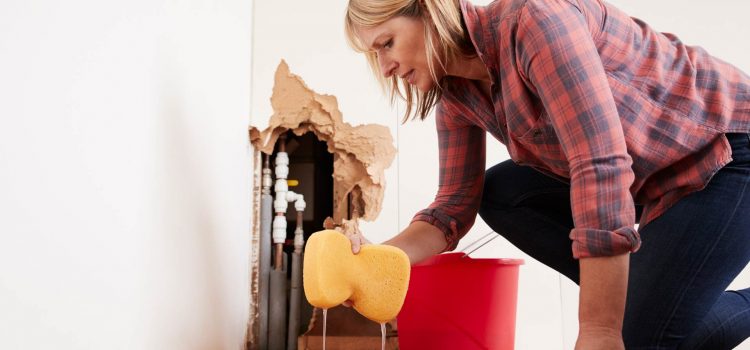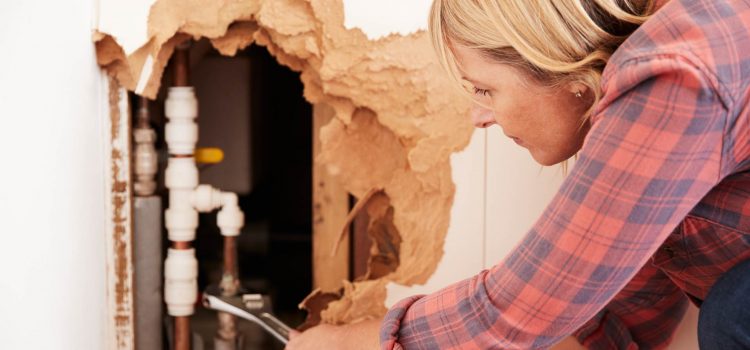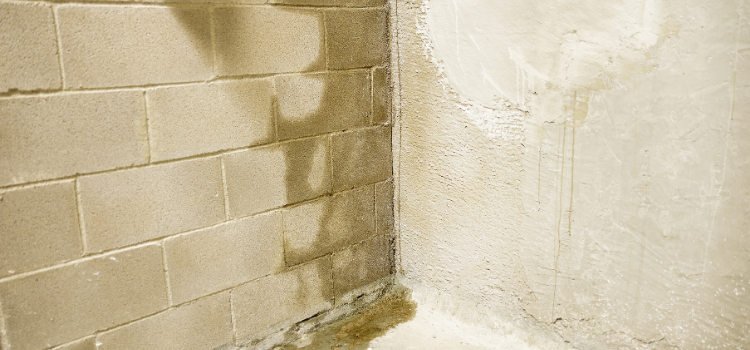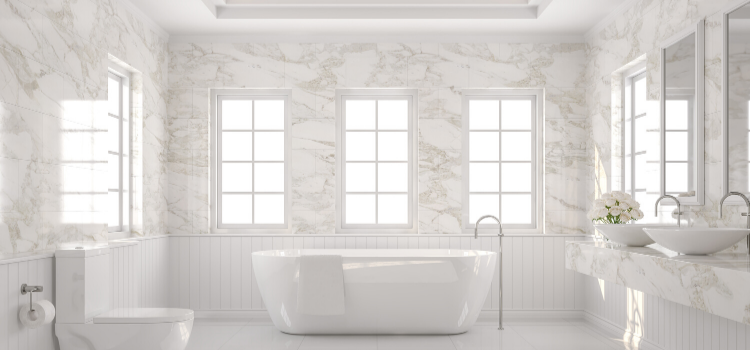
Finding signs of water damage in your home and dealing with the aftermath can be a time consuming, frustrating, and costly endeavour. In most cases the damage was unexpected, and went unnoticed for some time, and perhaps could have even lead to potential health issues for yourself or loved ones. To prevent water damage from occurring, you must first understand how it can occur. Here are 6 common causes of water damage in your home:
1. Floods
A flood could happen at any time, but they are most common when the snow and ice is melting coupled with heavy rainfalls. The ground becomes saturated with water and perhaps is still frozen, waterways are getting clogged up with large chunks of ice and the municipal sewer system begins to overload. The water has nowhere to go but up. Even if you are in an area that is not used to flooding, you should never rule it out as a possibility.
2. Plumbing Mishaps
Accidents happen, and sometimes they lead to mini-floods. Overflowing bathtubs, sinks, and toilets can cause extensive water damage to your home, especially if they are not caught early. As the water begins to seep over the edge of the sink, toilet or tub it will pool and run to the lowest point of your home. If a tub over flows on the 2nd floor of your house, that means the water will travel down two stories before it begins to pool or exit via the drains in your basement. This running water can cause damage to walls, floors, furniture and even your electrical system.
3. Broken Pipes
Extremely cold weather is normally the cause of burst pipes in a home. As the temperature drops, the water in the pipes begin to freeze, as they freeze they expand. With nowhere to go, the pipe cracks under pressure. It is important that you shut off the water leading to any external hose bibs, as these are the most susceptible to cold weather damage. Internal pipes can burst as well, but this is normally due to a heating issue that has led to your home’s internal temperature to drastically drop.
4. Sewer Backups
Excessive rain may not cause flood waters to enter your home, but it can cause the municipal sewer lines to backup. When the municipal systems are overloaded, there is nowhere left for water to go, this can cause the water to back up into your home. Water damage from sewer backup is extremely risky as it can not only create water damage, there are also potential health risk. Installing a backwater valve will eliminate the risk from sewer backups.
5. Broken Appliances
When you think of an appliance breaking down, you normally think about the cost of replacing or repairing it. However, the cost can be much worse if there is water damage due to the malfunction. Most homes have at least 3-4 appliances that have direct waterlines connected to them, dish washer, clothes washing machine and fridge are the most popular. If these appliances break down and the water in the lines begin to leak, it could lead to a significant issue. With dishwashers and laundry machines, all it takes is for a gasket to wear out and the water associated to one full cycle can end up outside of the machine. It is recommended to inspect the water lines and gaskets for your large appliance on a regular basis, to help prevent these large mishaps.
6. Clogged Gutters and Downspouts
What do the gutters and downspouts located on the outside of my home have to do with internal water damage, you ask? If your gutters and downspouts are clogged with leaves, branches and other debris the water they catch is unable to flow away and ends up spilling over the side of your gutters. This water then runs down the side of your home and can get into your basement by seeping in from your foundation. Once the water is in your home, water damage is inevitable. Have your gutters cleaned annually or install some form of gutter protection that blocks debris from entering.
If you notice signs of water damage in your home, call a professional water damage restoration specialist right away. Not only will they help you detect and eliminate the cause of the damage, they will clean up and haul away all of the damaged materials and furniture, returning your home to its original, healthy state.




















